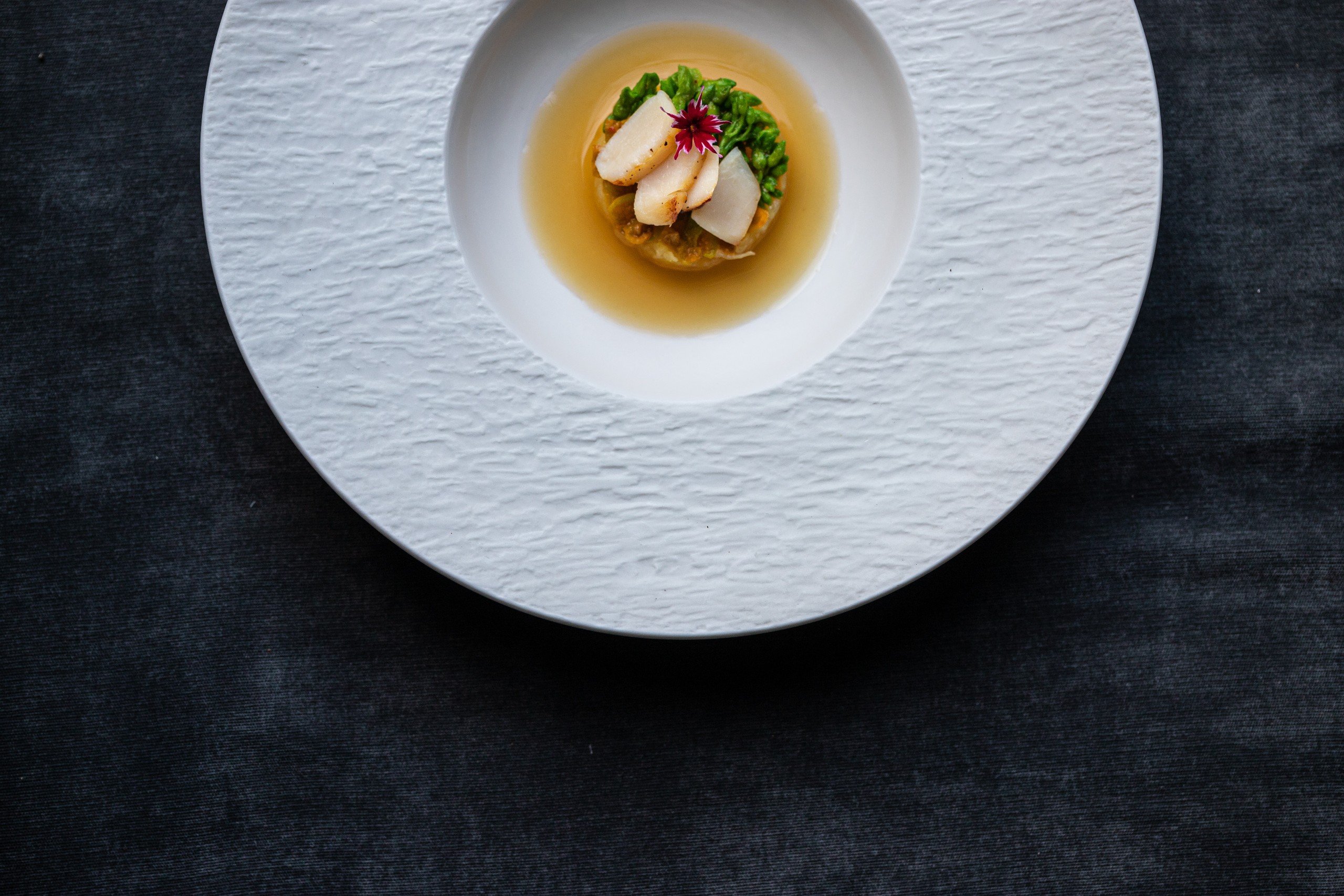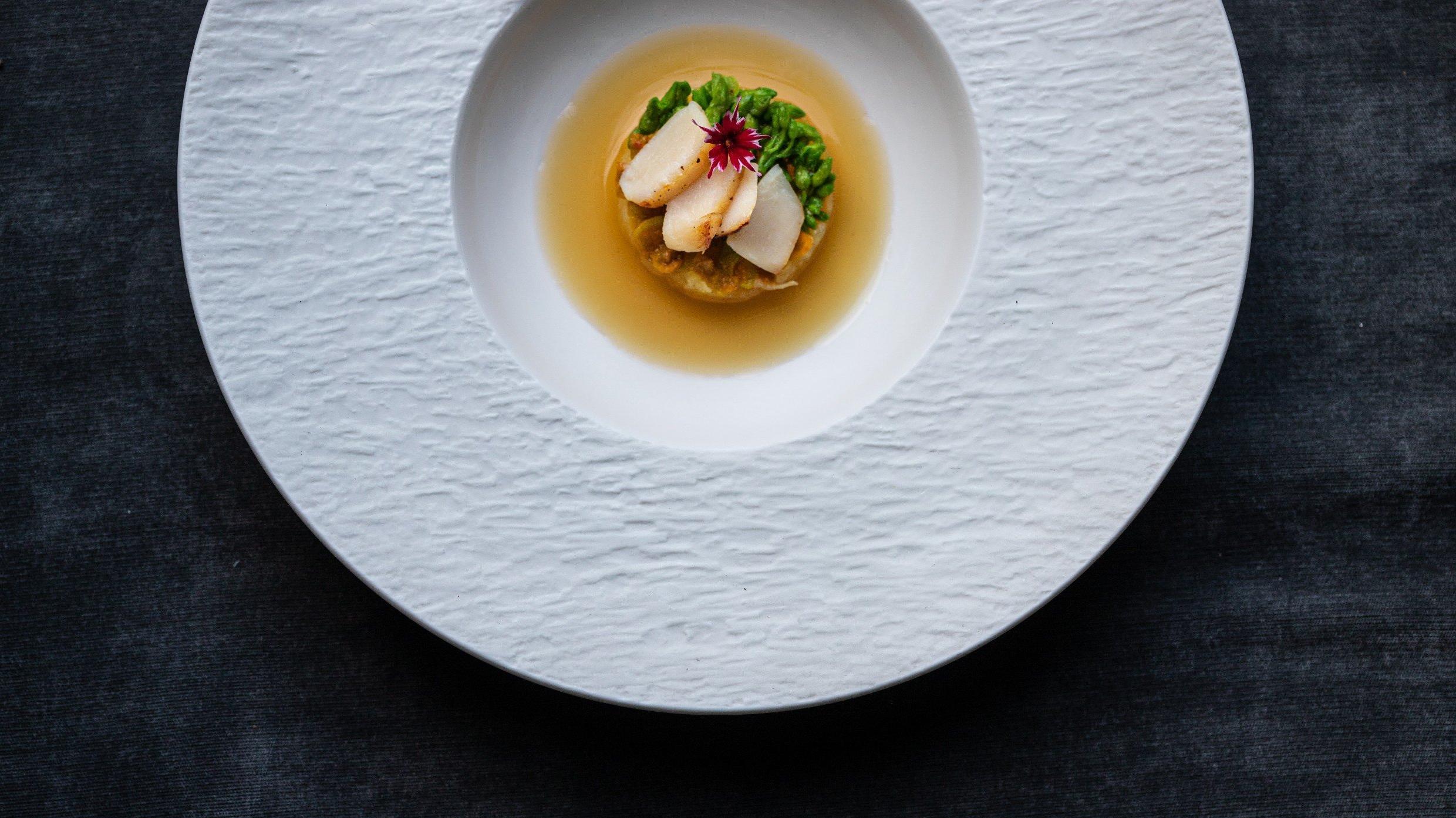According to many studies, “fusion cuisine” or more accurately called “fusion cuisine” is a blend of different cuisines in the world. With this definition, we can clearly feel the cultural diversity and open, innovative style of the culinary scene. The concept of “fusion cuisine” has been recognized since the 1970s and it has contributed to expressing its contributions to contemporary cuisine.
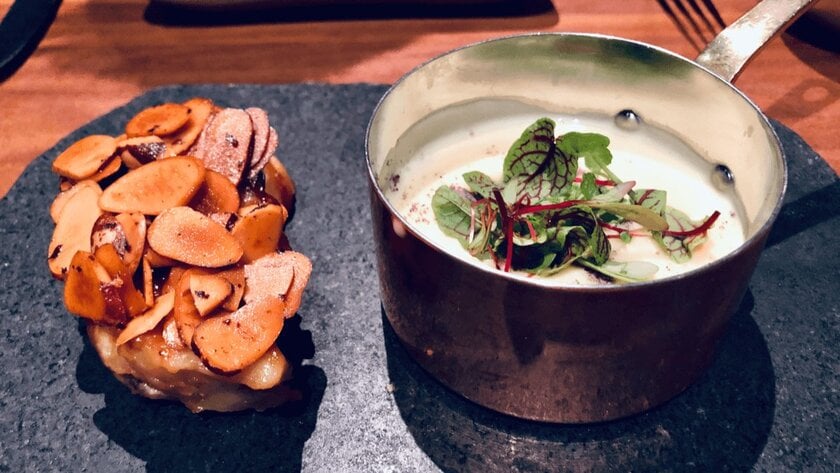
Fusion cuisine has become an important trend. (Photo source: Internet)
In Vietnam, this trend is gradually flourishing with the emergence of a series of restaurants following the fusion cuisine style. From Vietnamese dishes combined with Western dishes to the skillful blend of seemingly unrelated cuisines. The new experiments of each restaurant are the winds blowing into the gradually developing F&B market in our country.
Having the opportunity to meet and talk with Chef Nghiem Minh Duc of Nous restaurant (Saigon), Travellive reporter and he shared the story of fusion cuisine with many unique perspectives.
Every chef has many views on the combination of cuisines from different cultures, Mr. Nghiem Minh Duc has a very profound concept of fusion cuisine. Fusion cuisine is simply defined as the combination of elements of two or more different traditional cuisines. There is much evidence that "fusion cuisine" has emerged since the 1970s of the last century, along with the birth of nouvelle cuisine in France.
This term was first officially used by chef Norman Van Aken, when he gave a speech at a symposium in Santa Fe in 1988. Duc briefly mentioned the origin of “fusion cuisine” because he wanted to say that it would be wrong to consider this as a new culinary trend, and there is no need to doubt whether or not it should exist. Because the history of more than 40 years has proven that fusion cuisine is not a temporary, superficial trend. It exists and develops in parallel with traditional cuisine. Traditional cuisine or fusion cuisine is ultimately a personal choice, of both the cook and the eater.
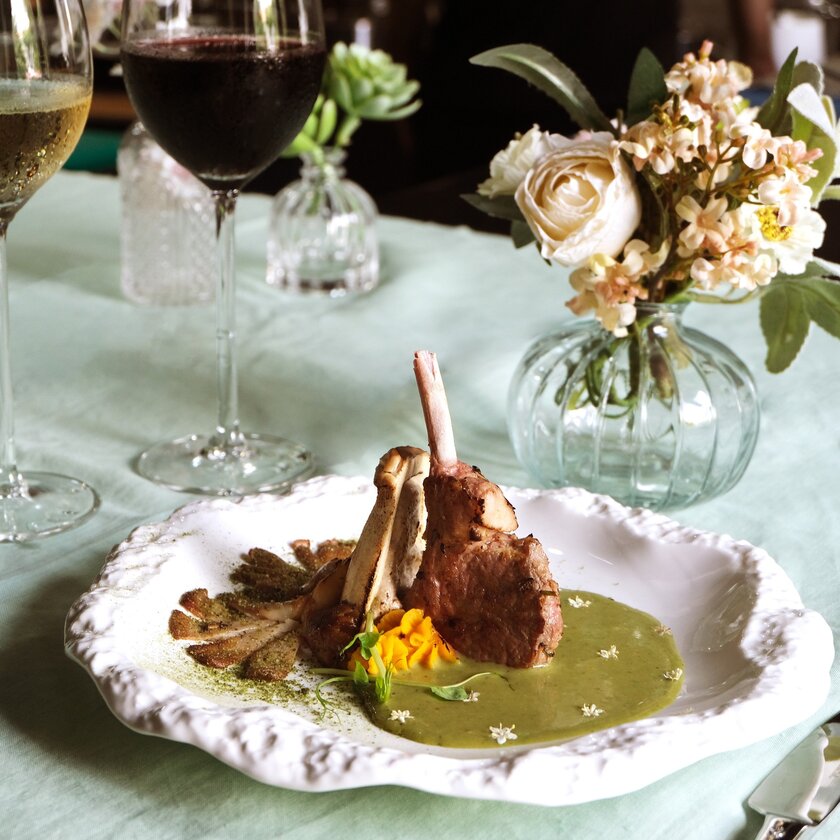
Lamb fusion dish. This is a combination of New Zealand lamb with Vietnamese vegetables (mushrooms, pumpkin, bell peppers) and Thai tomyum sauce using coconut milk and Vietnamese scallops.
According to him, along with the long history of the culinary industry, we all imagine that in fact, fusion cuisine came much earlier than the 1970s. However, in the early days, everything was not yet defined and many of the creations of food lovers were not yet named specifically.
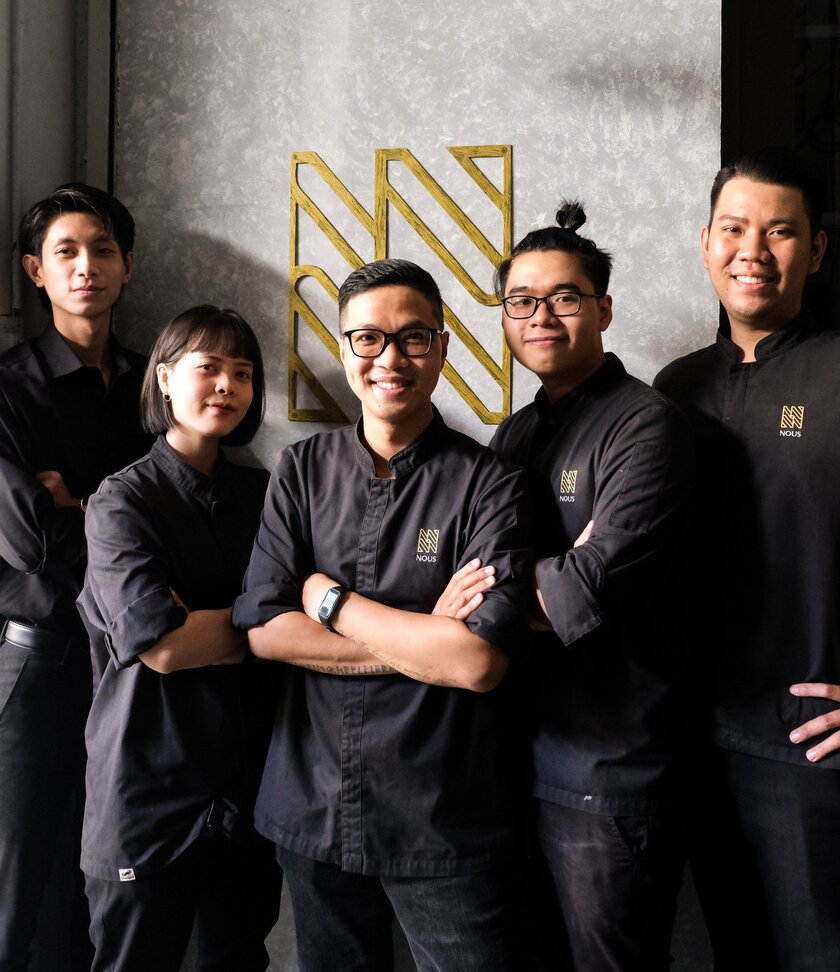
Chef Nghiem Minh Duc and his colleagues. (Photo source: Nghiem Minh Duc)
Continuing our conversation with chef Nghiem Minh Duc, we delve deeper into the boundary between true “fusion cuisine” and the widespread culinary creations without standards.
Duc thinks that creativity does not necessarily require standards. What is important is whether the creativity actually brings or improves the quality of the product. For food, quality here means whether the dish is delicious or not, are the ingredients combined harmoniously or not? It would be meaningless if you tell a really good story about how you “creatively” combined the ingredients together, but the taste of the dish is actually terrible, or makes people exclaim after eating “the original dish is better”!
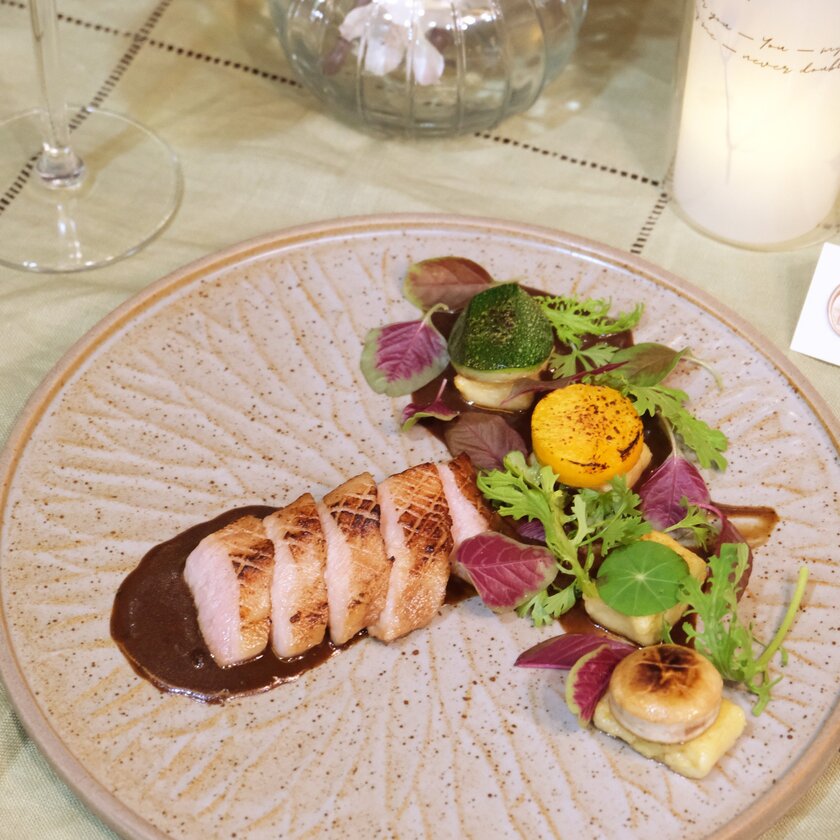
Northwestern pork dish combined with chunjang sauce (Korean black bean sauce), Italian gnocci and grilled Dalat vegetables prepared in fusion style. (Photo source: Nghiem Minh Duc)
Back to the story of fusion cuisine in Vietnam, it seems that everything is just beginning. Although there have been many unsuccessful experiments, we all admit that our country is a potential place for culinary creativity to be expressed.
Continuing the story, Mr. Nghiem Minh Duc shared about what fusion cuisine in Vietnam is doing best: The best thing that “fusion cuisine” is doing in Vietnam is contributing to promoting local ingredients, and enhancing their value. Fusion cuisine has shown that Vietnamese ingredients can also be used in high-end restaurants, replacing many imported ingredients.
For example, Mac Khen, which was previously a spice only popular among ethnic minority communities in the Northwest mountains, is now used by many chefs in restaurants in big cities. This change in perception of the value of local ingredients brings two benefits: first, it increases the attractiveness of Vietnamese cuisine in the eyes of international friends. They no longer consider Vietnam a purely “street food” country, full of cheap food sold on the sidewalk. Second, when local ingredients are respected and priced properly, the demand for consumption increases, farmers will also have a better source of income, from which they dare to increase cultivation and production, improving the quality of life.

An attractive dish of Japanese scallops, Vietnamese squash noodles, morning glory flowers, and sesban flowers, combined with cold brew sauce of Vietnamese red Oolong tea and Japanese wasabi. (Photo source: Nghiem Minh Duc)
Fusion cuisine is a testament to the connection of cultural elements from all over the world. Any cooking style and culinary philosophy, if combined smoothly and skillfully, can produce attractive works.





